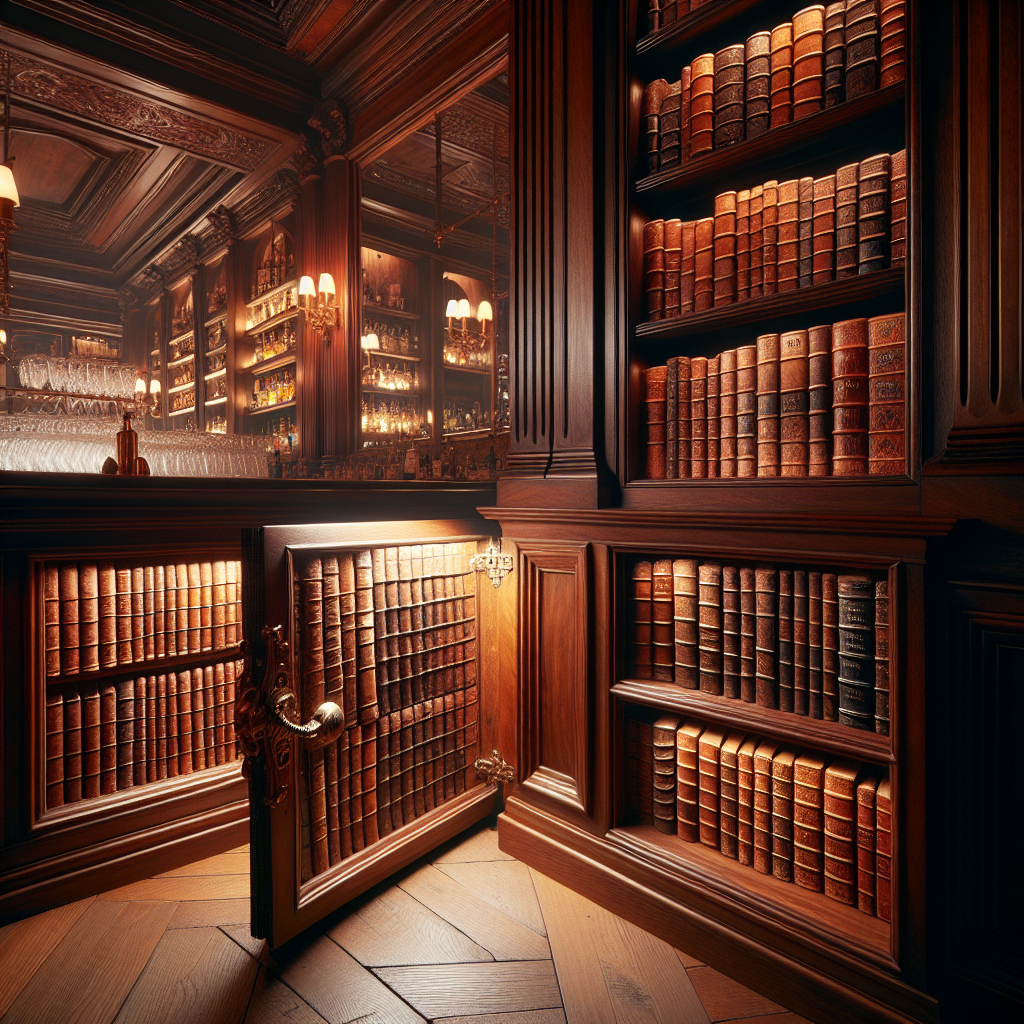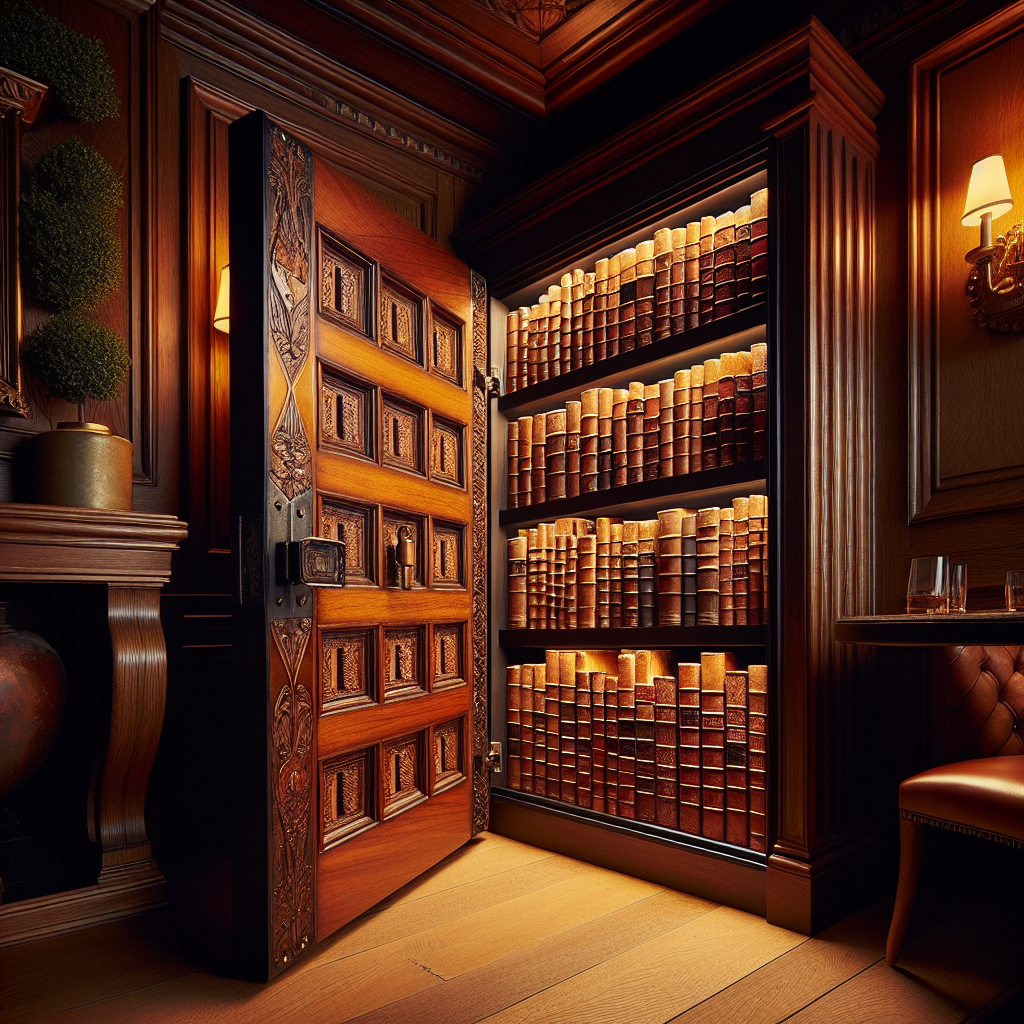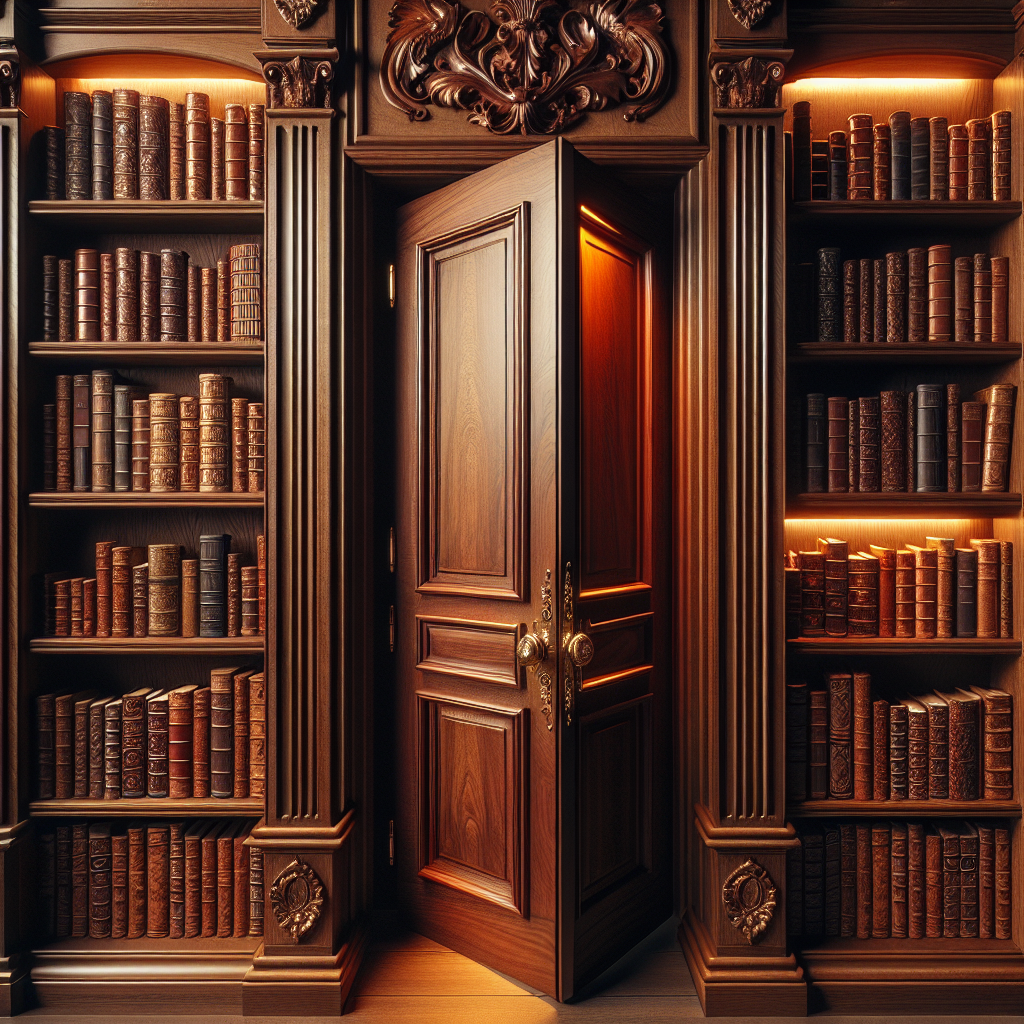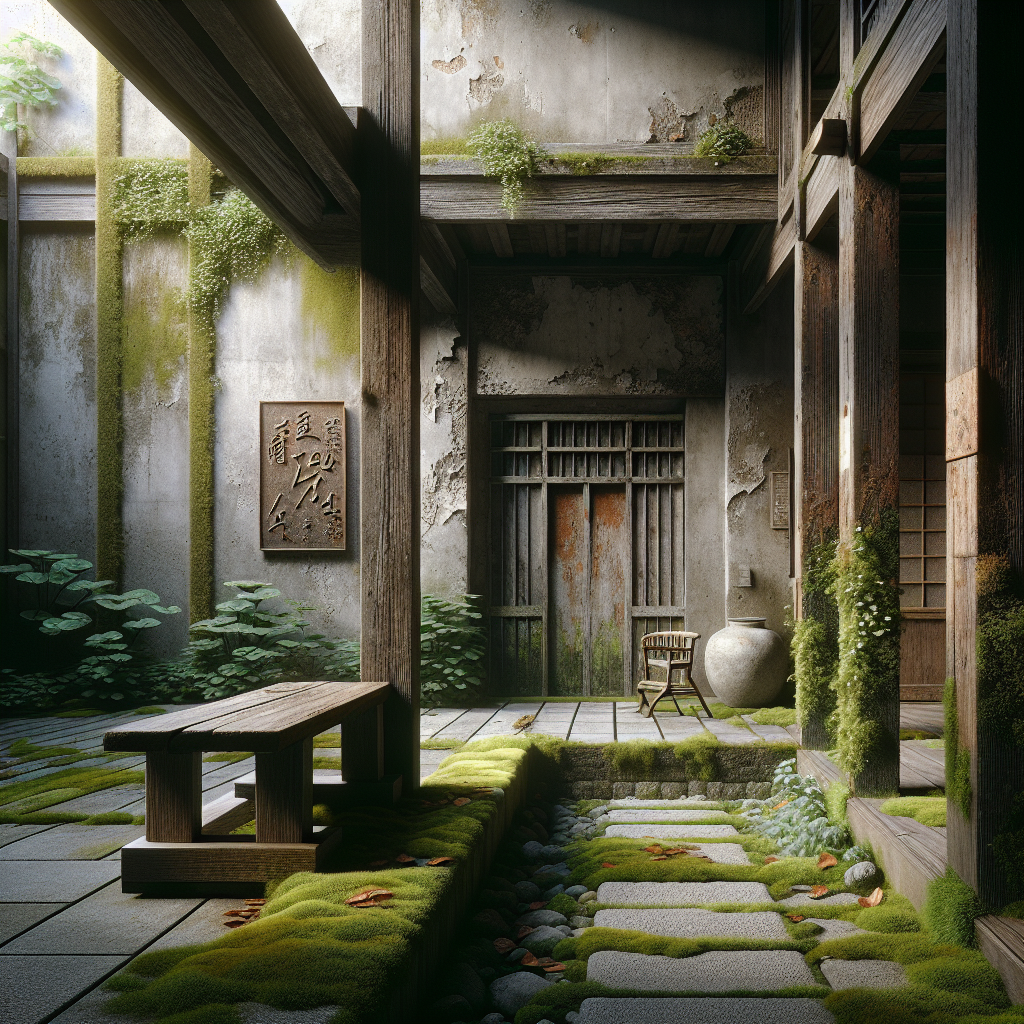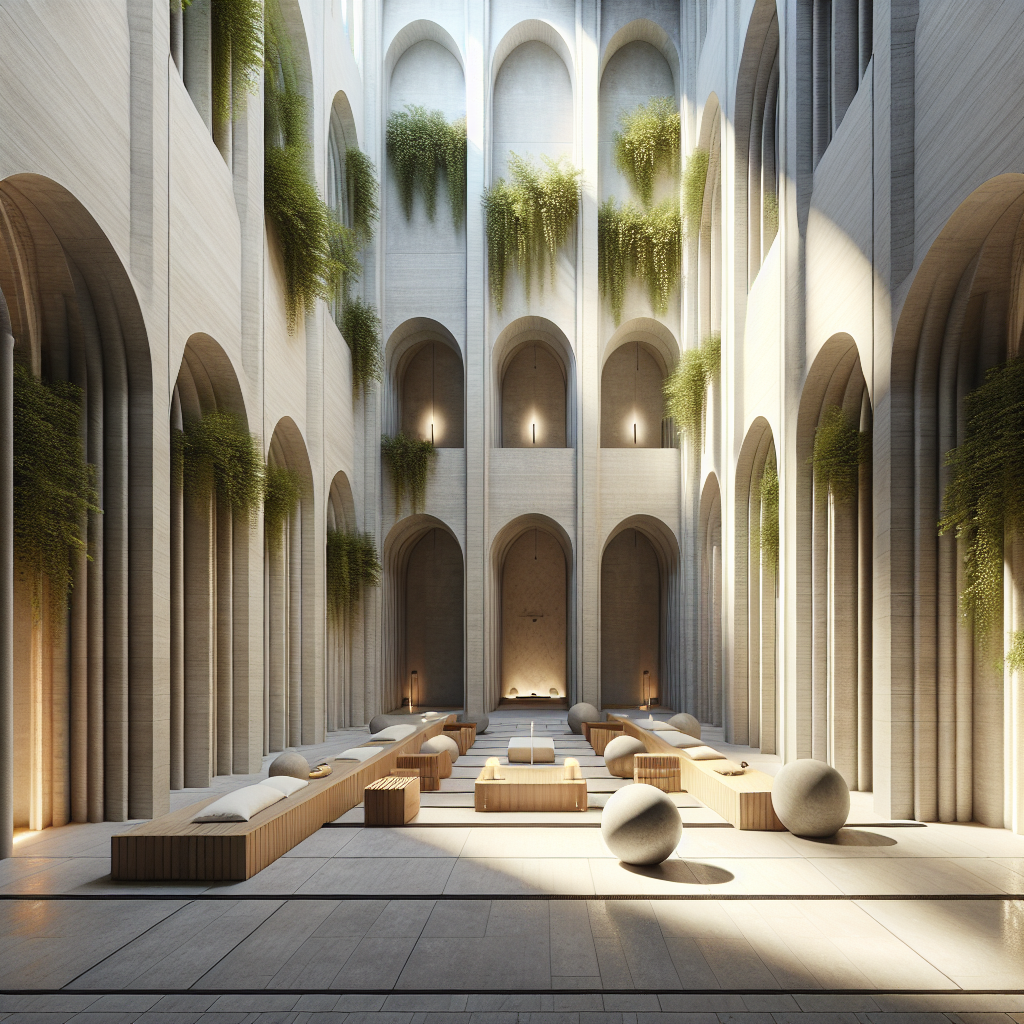Hidden Entrance Ideas: Clever Ways to Conceal Your Speakeasy Bar
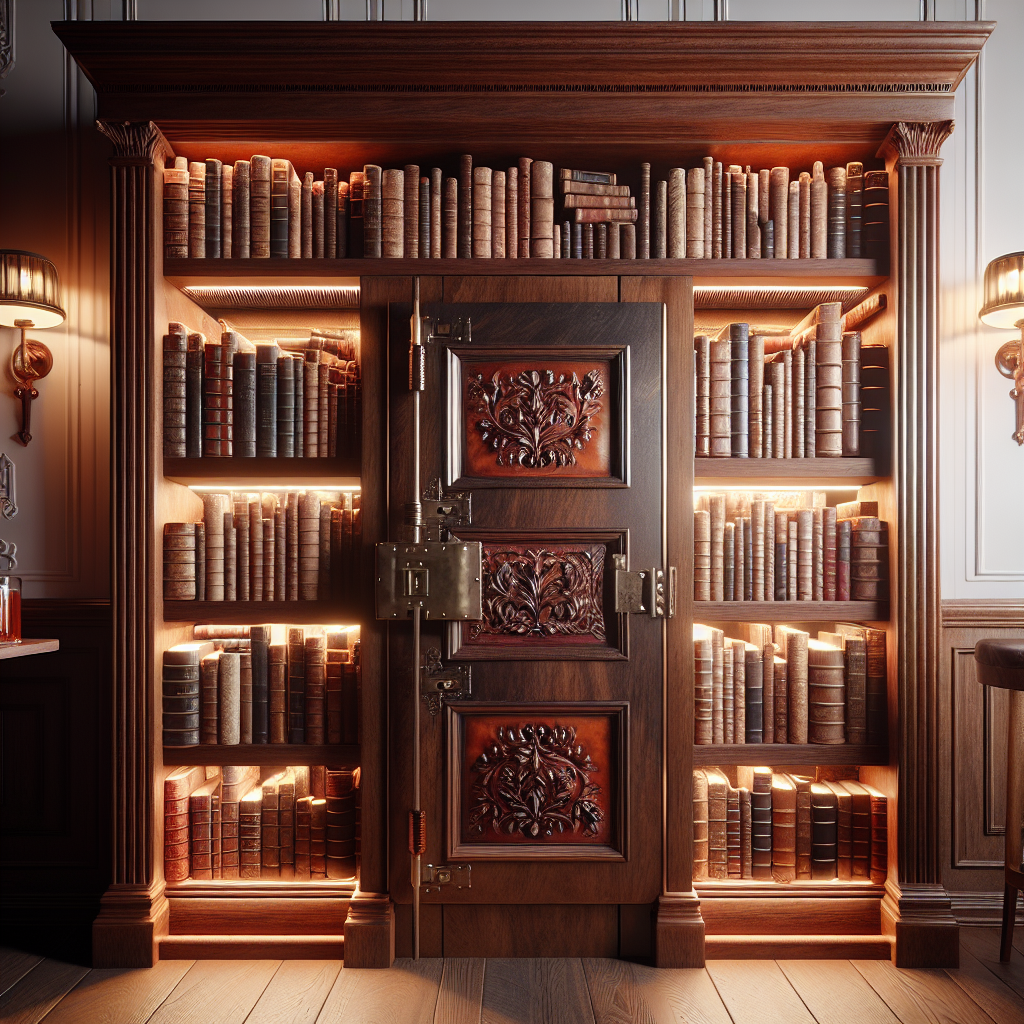
In an era where design enthusiasts seek immersive experiences and unique spaces, the allure of the speakeasy bar remains timeless. Originally born from the clandestine culture of the Prohibition era, today’s speakeasy bars blend nostalgia with contemporary design innovation, offering patrons an exclusive escape from the ordinary. Central to the speakeasy experience is the hidden entrance—a carefully crafted portal that sets the stage for mystery, intrigue, and anticipation. For architects, interior designers, and sophisticated design aficionados, creating these concealed gateways presents an opportunity to merge functionality with artistic expression. Here, we explore ingenious hidden entrance ideas, showcasing creative solutions that elevate speakeasy bar design to an art form.
The Timeless Charm of Secret Bookshelves
Perhaps the most iconic method of concealing a speakeasy entrance is the classic secret bookshelf. Evoking a sense of literary romance and intellectual mystique, this design approach never fails to captivate. Picture a beautifully crafted mahogany bookcase lined with vintage volumes, each spine hinting at stories untold. With a gentle tug on a particular tome, the bookshelf swings inward, revealing a hidden passageway bathed in warm, amber lighting. This concept seamlessly integrates functionality and aesthetics, making it ideal for residential and commercial settings alike.
To modernize this classic approach, designers can incorporate smart home technology, such as voice activation or biometric sensors, enhancing security and convenience. Integrating such technology aligns with current trends, as explored in our previous article on smart home technology revolutionizing home automation.
Hidden Doors Behind Art Installations
Art installations offer another sophisticated method of disguising speakeasy entrances. Imagine an expansive contemporary canvas dominating a minimalist gallery wall, its abstract forms and vibrant hues drawing the eye. Upon closer inspection, a subtle touch or concealed button activates the artwork, sliding it aside to reveal an intimate bar space behind. This approach not only conceals the entrance but also elevates the aesthetic value of the space, blending seamlessly with modern interiors.
For inspiration, consider the groundbreaking installations featured at NYCxDESIGN, where art and architecture intersect to redefine spatial experiences. Employing this strategy, designers can curate entrances that are both visually striking and functionally discreet.
Mirrored Magic: Reflective Surfaces as Concealment
Mirrors possess a unique ability to expand and enhance interior spaces, making them an ideal medium for concealing entrances. A full-length mirror, framed in ornate brass or sleek minimalist lines, can double as a hidden door. With precise engineering, the mirror pivots effortlessly, revealing the speakeasy beyond. This method not only preserves the integrity of the interior design but also introduces an element of surprise and delight.
Mirrored surfaces have seen a resurgence in contemporary interiors, as discussed in our exploration of mirror play in interior design. Leveraging this trend, designers can create hidden entrances that feel both current and timeless.
Vintage Appliances and Furniture: Nostalgic Concealment
Incorporating vintage appliances or furniture as hidden entrances taps into the nostalgia and charm of bygone eras. A classic 1950s refrigerator, impeccably restored and positioned in a retro-inspired kitchen, can serve as an unexpected gateway. Pulling the handle reveals a secret passageway, transporting guests from domestic familiarity to an exclusive nightlife experience.
Similarly, antique wardrobes, grandfather clocks, or even repurposed phone booths can conceal speakeasy entrances, adding layers of narrative and historical context. This approach resonates with the current fascination for blending vintage aesthetics with modern functionality, as highlighted in our article on new old-fashioned cars.
Biophilic Design: Nature-Inspired Hidden Entrances
Biophilic design principles, which emphasize the integration of natural elements into built environments, offer innovative opportunities for concealing speakeasy entrances. Imagine a lush vertical garden adorning an interior wall, its verdant foliage and cascading vines creating a serene ambiance. Hidden within this botanical tapestry is a discreet door, accessible through a subtle push or concealed handle, leading patrons into an exclusive bar space.
This approach not only enhances aesthetic appeal but also contributes positively to occupant well-being, as explored in our in-depth analysis of biophilic design and its impact on human health. Designers embracing this method can create hidden entrances that are both visually captivating and emotionally restorative.
Subterranean Intrigue: Concealed Floor Entrances
For spaces seeking to amplify the sense of mystery and exclusivity, concealed floor entrances offer unparalleled intrigue. A section of flooring, indistinguishable from its surroundings, can hydraulically lift or slide aside, revealing a staircase descending into a subterranean speakeasy. Materials such as reclaimed wood, polished concrete, or terrazzo can be seamlessly integrated into the surrounding floor, maintaining visual continuity.
Subterranean spaces, gaining popularity in contemporary architecture, offer unique opportunities for innovation, as detailed in our exploration of subterranean architecture innovations. Employing concealed floor entrances, designers can craft speakeasy experiences that evoke a sense of adventure and discovery.
Architectural Camouflage: Blending Entrances with Structural Elements
Architectural camouflage involves integrating hidden entrances into structural elements, such as columns, panels, or decorative moldings. A paneled wall, meticulously crafted with intricate detailing, can discreetly house a hidden door, activated by a subtle mechanism or sensor. This approach requires precision craftsmanship and thoughtful design, ensuring the concealed entrance remains indistinguishable from its surroundings.
This method aligns with contemporary architectural trends emphasizing seamless integration and minimalism, offering designers a sophisticated solution for speakeasy concealment. Architectural camouflage elevates hidden entrances to the realm of high design, appealing to discerning clientele seeking exclusivity and refinement.
Future Trends: Technology-Enhanced Concealment
Looking ahead, emerging technologies promise to revolutionize hidden entrance design further. Augmented reality (AR) and digital fabrication techniques, as explored in our previous coverage of digital fabrication in design, offer exciting possibilities. Imagine AR-enhanced entrances, where digital interfaces overlay physical spaces, guiding patrons to concealed doorways through interactive experiences.
Additionally, parametric design and 3D printing technologies enable the creation of intricate, customized concealment solutions, pushing the boundaries of traditional speakeasy design. As these technologies evolve, designers will have unprecedented opportunities to craft hidden entrances that are both innovative and immersive.
Crafting Unforgettable Experiences
Hidden entrances are more than mere functional elements; they are gateways to immersive experiences, setting the tone for the speakeasy journey. By thoughtfully integrating concealment methods with architectural innovation, designers can craft spaces that captivate, intrigue, and delight. Whether through timeless bookshelves, artful installations, or cutting-edge technology, the art of concealment remains central to the speakeasy’s enduring allure.
As design professionals continue to explore and innovate, the hidden entrance will undoubtedly remain a cherished element, embodying the spirit of mystery and exclusivity that defines the speakeasy experience.
